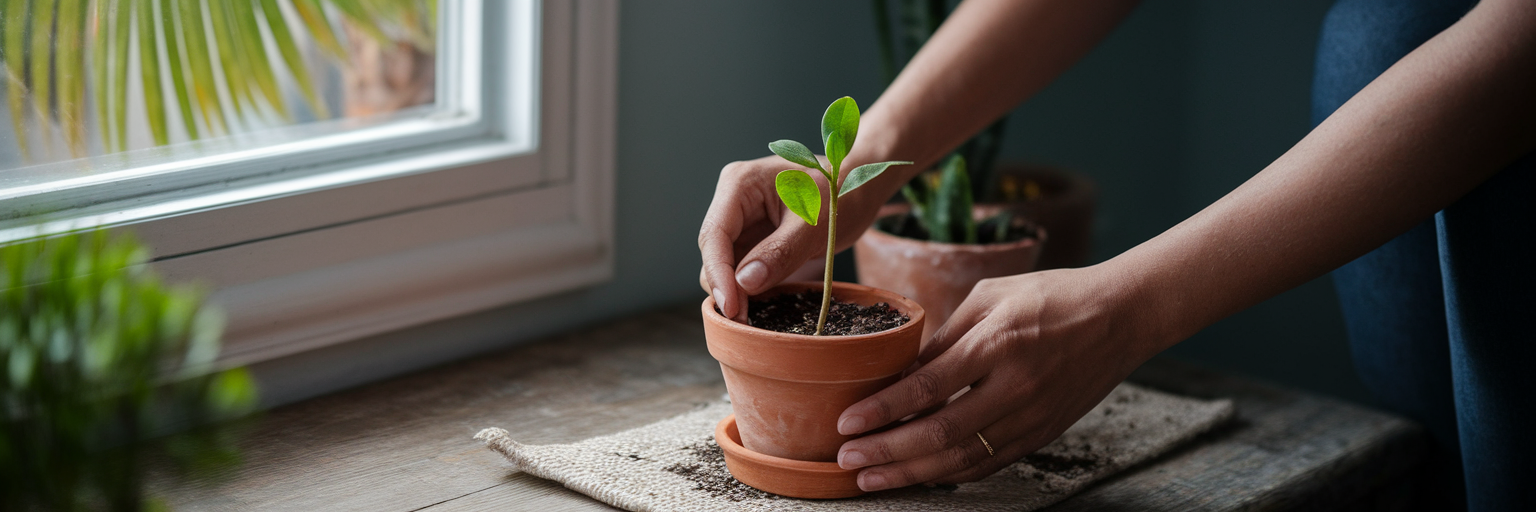The daily commute along the James Island Parkway connects thousands of Charleston residents to their destinations. But when that routine is broken by a collision, the moments that follow can feel chaotic and overwhelming. Knowing what to do immediately after a crash is the first step in protecting your health and your right to fair compensation. Proper Charleston car accident documentation begins right at the scene.
Immediate Actions at the Scene of the Crash
The minutes after a collision on a busy route like the Parkway are disorienting. Your priority is to stay calm and methodical. The actions you take here create the foundation for any future Parkway crash claim. What you document in this initial, high-stress window can be the most important evidence you collect. Follow these steps before leaving the scene.
- Prioritize Safety: First, check on yourself and your passengers for any injuries. If the vehicles are drivable and it is safe to do so, move them to the shoulder to prevent further incidents and clear traffic. Immediately turn on your hazard lights to alert other drivers.
- Call 911 Immediately: This is a non-negotiable step. Reporting the accident and any injuries ensures that police and medical personnel are dispatched. An official police response creates the first formal record of the incident.
- Exchange Information: You need to collect the other driver’s full name, address, phone number, insurance company, and policy number. The easiest way to do this accurately is to use your phone to take a clear photograph of their driver’s license and insurance card.
- Identify Witnesses: If anyone stopped to help or saw what happened, politely ask for their name and phone number. An independent witness can provide an unbiased account of events, which is incredibly valuable if the other driver disputes fault later.
- Take Scene Photographs: Before the vehicles are moved, if possible, use your phone to photograph the entire scene. Capture the positions of the cars relative to each other and to landmarks like traffic signs or intersections. Photograph any skid marks and the general road conditions. This visual context cannot be recreated once the scene is cleared.
Securing the Official Police Report
Once you have left the chaotic scene, your next step is to obtain the official police report. This document is often the most critical piece of third-party evidence in your claim. It contains the responding officer’s narrative of events, a diagram of the collision, contact information for all parties and witnesses, and notes on any citations that were issued. It provides an objective summary that insurance companies rely on heavily.
In Charleston, you can get a copy of your report from the law enforcement agency that responded, such as the Charleston Police Department. For added convenience, the South Carolina Department of Motor Vehicles (SCDMV) offers a streamlined process. According to the SCDMV, you can request a copy of a collision report online, which simplifies access for residents. Once you receive the report, review it carefully for any factual errors. If you find a mistake, you can contact the officer who wrote it to request an amendment. An accurate report is essential for a smooth claims process.
Creating a Thorough Record of Vehicle Damage
After securing the police report, your focus should turn to creating a detailed record of your property damage. The quick photos you took at the scene were for context, but now it is time to document the damage with the critical eye of an insurance adjuster. This detailed evidence is fundamental to a successful vehicle damage claim South Carolina. Start by taking pictures of your vehicle from all four sides, plus the front and back. These images establish its overall condition before you zoom in on the specifics.
Next, meticulously photograph every single dent, scratch, and broken part from multiple angles and distances. You should also photograph the damage to the other vehicle, paying close attention to the points of impact. This helps reconstruct how the accident occurred and can counter any attempts by the other party to change their story. This visual evidence, combined with a paper trail of estimates and invoices, builds a powerful case for full repair costs. In fact, this level of detailed proof is precisely what an experienced Charleston car accident lawyer uses to build a strong case for clients.
| Type of Evidence | What to Capture | Why It’s Important |
|---|---|---|
| Wide-Angle Photos | Your entire vehicle from all four sides, plus the front and back. | Establishes the overall condition of the car and provides context for the damage. |
| Close-Up Damage Photos | Each individual dent, scratch, crack, or broken part from multiple angles. | Details the severity of the impact and prevents the insurer from downplaying damage. |
| Photos of the Other Vehicle | The damage on the other car, especially at the points of impact. | Helps reconstruct the accident and corroborate your version of events. |
| Repair Estimates | Keep copies of at least two different estimates from reputable body shops. | Provides a baseline for negotiating repair costs with the insurance company. |
| Final Invoices & Receipts | All receipts for repairs, parts, labor, and any rental car expenses. | Creates a complete financial record of your property damage losses. |
Note: This checklist helps ensure no detail is missed, providing a comprehensive record to support your vehicle damage claim.
Documenting Injuries and Medical Treatment
While vehicle damage is visible, injuries are personal and often hidden. It is critical to seek a medical evaluation as soon as possible after an accident, even if you feel fine. Some serious conditions, like whiplash or internal injuries, may not present symptoms for hours or even days. A prompt medical visit creates an official record linking your injuries to the crash, which is essential for receiving injury compensation Charleston.
Documenting your physical recovery requires two types of evidence: official medical records and your own personal notes. The combination of these tells the complete story of how the accident has affected your life. A skilled Charleston personal injury lawyer knows how to weave these records together to demonstrate the full impact of your injuries.
- Medical Records and Bills: Keep a dedicated folder for every document you receive from doctors, hospitals, chiropractors, and physical therapists. This includes visit summaries, test results, and every single bill.
- Receipts for Expenses: Save all receipts for out-of-pocket costs, such as prescription medications, over-the-counter pain relievers, and any required medical devices like neck braces or crutches.
- A Personal Symptom Journal: This is more than just a diary. Every day, note your pain levels on a scale of 1 to 10, describe your physical limitations, and record your emotional state. Also, list any daily activities you can no longer perform or that have become difficult, from household chores to hobbies. This journal translates clinical diagnoses into a human story of your suffering.
- Proof of Adherence: Make sure you follow all prescribed treatment plans. Attending your follow-up appointments and filling your prescriptions shows an insurance company that you are taking your injuries and recovery seriously.
Building Your Case for Full Compensation
With all your evidence collected, the final step is to assemble it into a cohesive strategy to secure the compensation you deserve. Your claim should account for more than just medical bills and car repairs. Remember to include expenses like lost wages from time off work and travel costs for medical appointments. Every financial loss connected to the accident should be part of your Parkway crash claim.
It is also vital to act promptly. According to the Steinberg Law Firm, South Carolina’s statute of limitations generally gives victims three years from the accident date to file a lawsuit. If you miss this deadline, you lose your right to seek compensation forever. While a minor fender-bender might be handled directly with an insurer, an accident involving injuries, disputed fault, or significant damages often requires professional guidance. Consulting with a James Island car accident lawyer ensures your rights are protected.
Organized documentation is your most powerful tool. The evidence you gather tells the story of your accident and its consequences in a way that an insurance company cannot ignore. The team at Roden Law has extensive experience handling these cases in the Charleston area and understands how to present this evidence effectively. If you have been in an accident on the James Island Parkway, do not hesitate to reach out for a consultation to discuss your situation.


